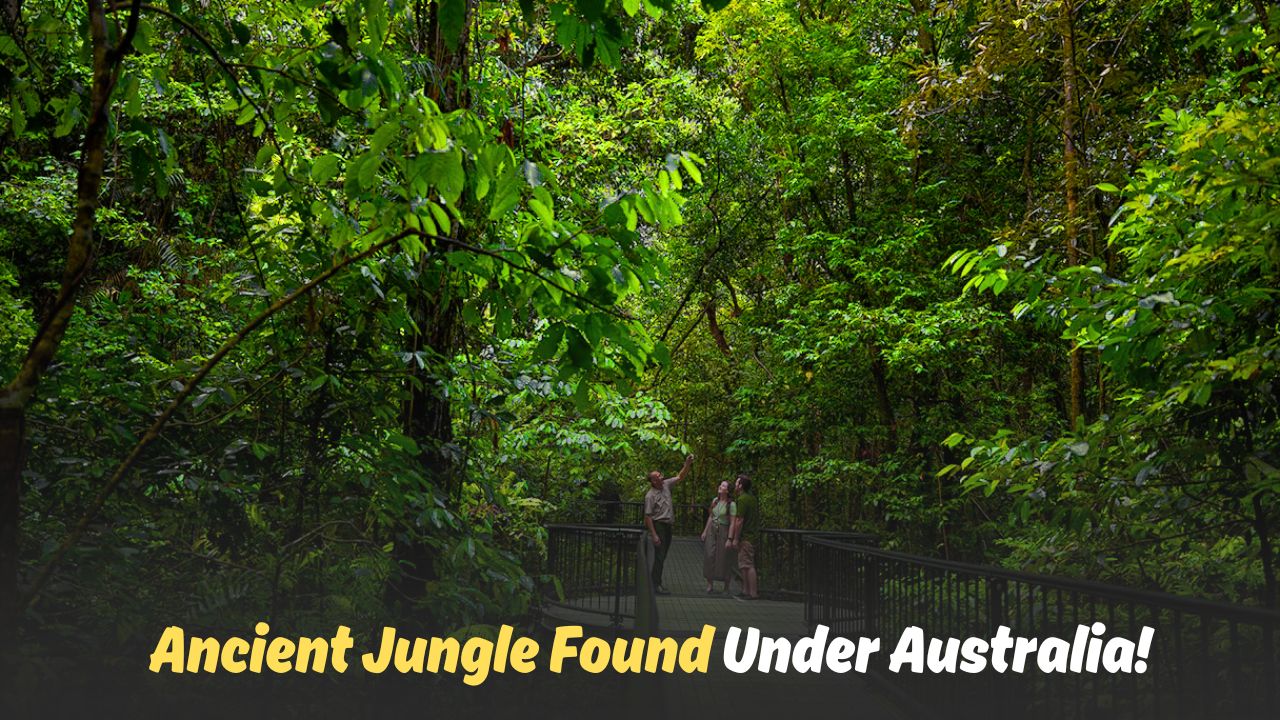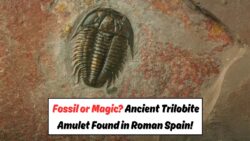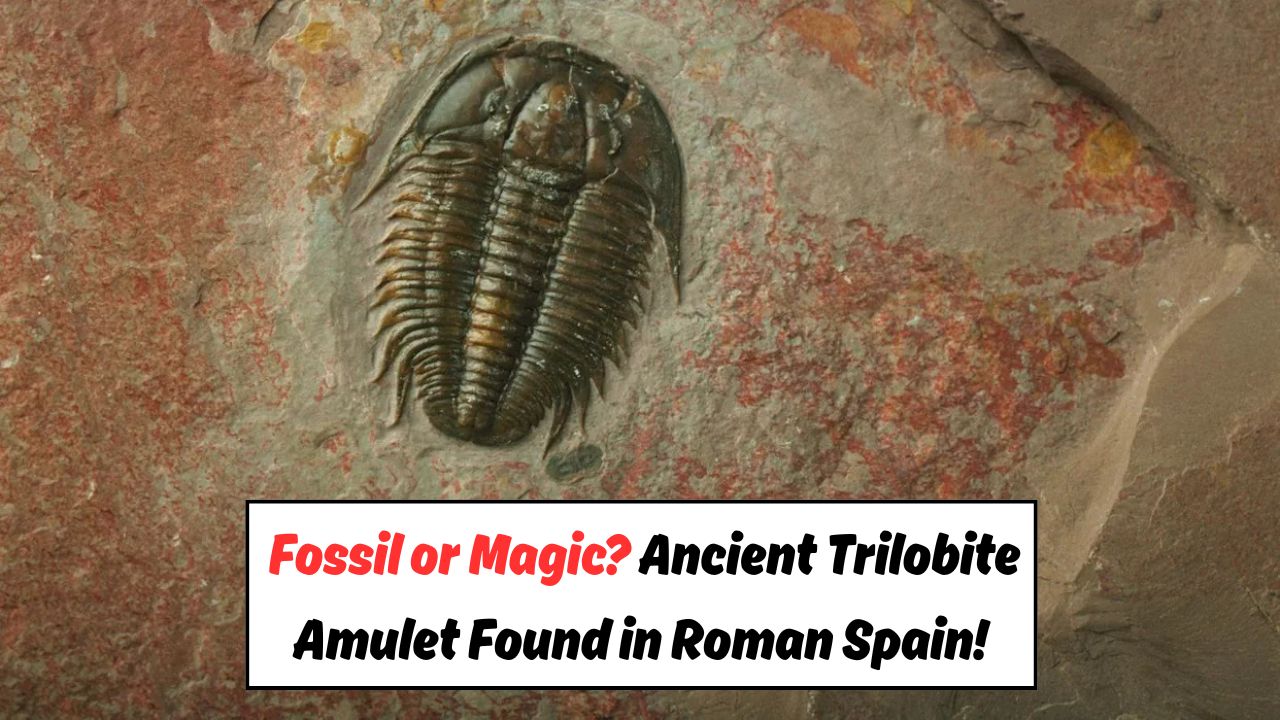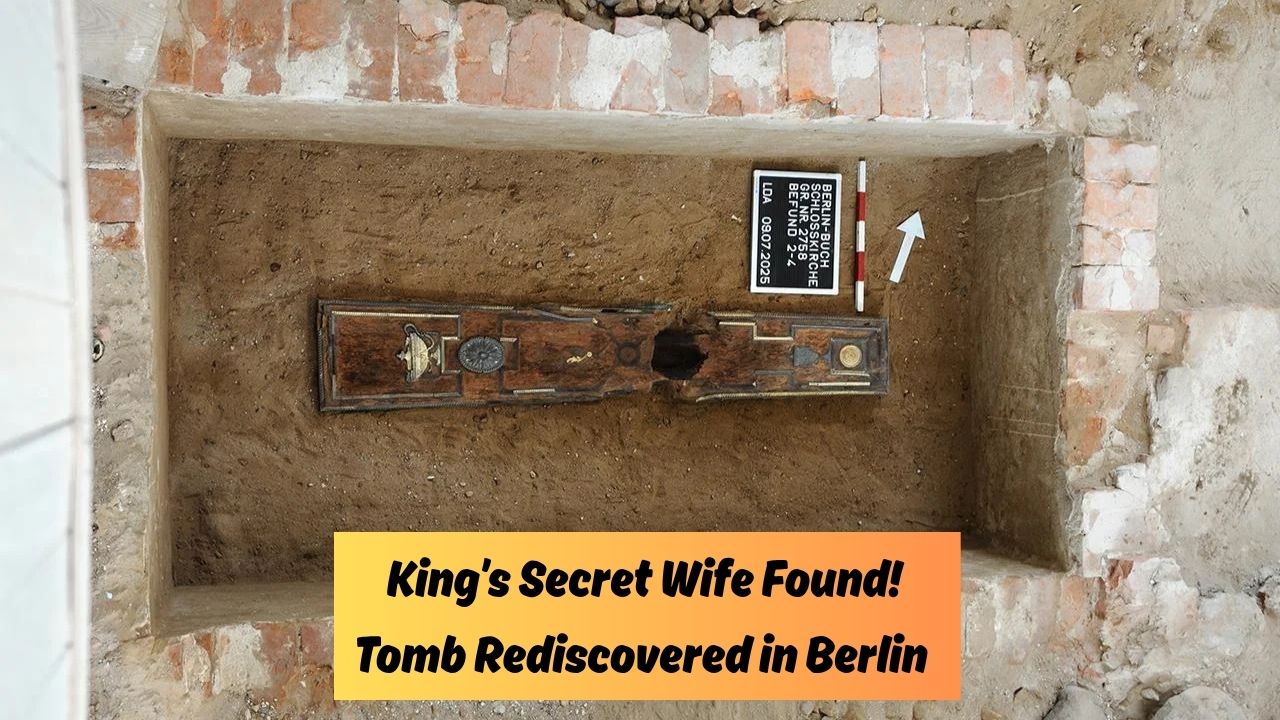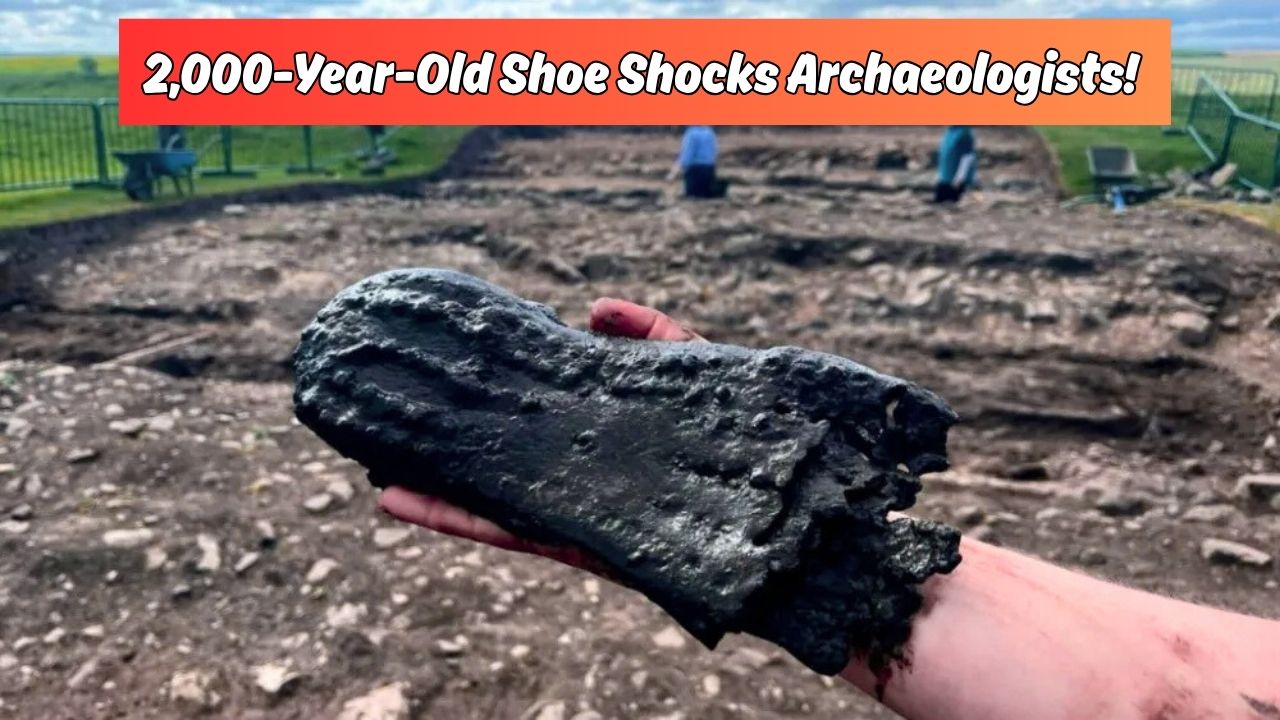Fossilized Forest – In a groundbreaking discovery, scientists in Queensland, Australia have unearthed a massive fossilized forest believed to be over 250 million years old. This ancient forest, preserved in stone, offers powerful clues that Australia may once have been a lush, tropical jungle teeming with life. The finding is not just a glimpse into a prehistoric ecosystem, but a crucial key to understanding our planet’s climate history, biodiversity, and continental transformation over millions of years.
Discovery of the Ancient Forest in Queensland
A team of paleobotanists and geologists uncovered a vast region filled with fossilized tree trunks, roots, and even cellular structures in western Queensland. The scale and preservation of the site are being called one of the largest fossilized forests ever found in Australia.
Key Highlights of the Discovery:
- Hundreds of tree trunks preserved as stone, some over 1 meter in diameter.
- Fossils contain detailed cell structures and growth rings.
- Pollen and spore remnants suggest tropical plant species.
- Estimated to be from the Permian period, when Australia was closer to Antarctica.
Was Australia Really a Jungle Paradise?
This fossil forest strongly supports the theory that parts of Australia were once dense, tropical rainforests. During the Permian era, the continent was located in a different position on Earth, resulting in warmer and wetter climates.
Scientific Evidence Suggesting a Rainforest:
- Presence of fossilized coniferous and fern species typical of humid climates.
- Soil samples show organic-rich deposits consistent with swampy terrain.
- Tree heights likely reached 30–40 meters, indicating a rainforest canopy.
- Geological layers show signs of frequent rainfall and river systems.
Why This Discovery Is So Important
The Queensland fossil forest provides a rare window into Earth’s deep past, allowing scientists to reconstruct ancient environments and understand how ecosystems evolve under changing climates.
Scientific Significance:
- Helps reconstruct Australia’s ancient flora and fauna.
- Provides insight into long-term climate change and environmental shifts.
- Contributes to global paleobotanical databases for comparative research.
- May assist climate scientists in modeling future scenarios using ancient trends.
Geological Timeline of Australia’s Transformation
Australia hasn’t always been the dry, arid land it is today. In fact, during the Paleozoic and Mesozoic eras, it experienced massive climate and landscape shifts as part of Gondwana, the southern supercontinent.
Australia’s Ancient Climate Timeline:
| Era/Period | Climate Description | Estimated Years Ago |
|---|---|---|
| Devonian | Formation of early forests | ~400 million |
| Carboniferous | Dense swamps and rainforests | ~300 million |
| Permian | Queensland fossil forest era | ~250 million |
| Jurassic | Break-up of supercontinents | ~200 million |
| Cretaceous | Start of arid transformation | ~100 million |
| Present | Mostly dry, desert landscapes | Today |
What We Can Learn from This Fossilized Forest
This ancient forest does more than just confirm the presence of trees—it paints a vivid picture of a once-thriving, biodiverse ecosystem. Scientists believe that ongoing excavations might even reveal prehistoric insects, amphibians, and more plant fossils.
Valuable Information Extracted:
- Paleoecological structure of ancient Australia.
- Types of vegetation and forest density.
- Data on soil fertility and water systems.
- Clues about mass extinction events and recovery patterns.
Can This Site Boost Tourism in Queensland?
Local authorities are already exploring the idea of turning the fossil site into a geotourism destination. With educational potential and scientific importance, it could become one of Queensland’s most significant natural heritage sites.
Potential Benefits of Eco-Tourism:
- Creation of local employment and tourism revenue.
- Educational visits for schools and universities.
- Guided tours and fossil exhibitions for the public.
- Global recognition of Australia’s prehistoric significance.
What’s Next? Future Research and Excavations
Scientists plan to conduct advanced studies using 3D scanning, isotopic dating, and sediment analysis to understand the full ecosystem dynamics. Excavation and preservation efforts will also continue to protect this remarkable site.
FAQs – Queensland Fossilized Forest Discovery
Q1. Where was the fossilized forest found?
It was discovered in western Queensland, Australia.
Q2. How old is the fossil forest?
The forest is estimated to be around 250 million years old, from the Permian period.
Q3. Does this prove Australia had rainforests?
Yes, the fossil evidence suggests parts of Australia were once tropical rainforests.
Q4. Can tourists visit the fossil site?
Plans are underway to develop the site into a public geotourism destination.
Q5. Why is this discovery significant?
It offers insights into ancient climate conditions, biodiversity, and continental shifts.
